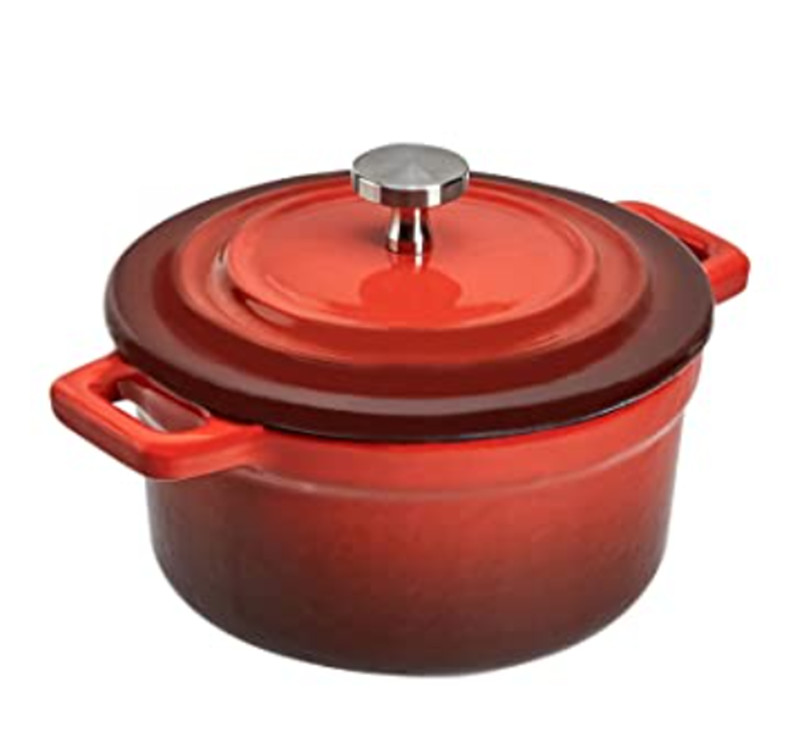- 150m Southwards, West DingWei Road, Nanlou Village, Changan Town, GaoCheng Area, Shijiazhuang, HeBei, China
- monica@foundryasia.com
नवम्बर . 16, 2024 04:00 Back to list
mini cast iron loaf pan factory
The Craftsmanship Behind Mini Cast Iron Loaf Pan Manufacturing
In the world of kitchenware, few items blend functionality with timeless charm quite like the cast iron loaf pan. An essential tool for baking enthusiasts and professional chefs alike, this humble kitchen item is a testament to the dedication and skill found in its manufacturing process. The journey from raw materials to finished product is both intricate and fascinating, particularly in the context of mini cast iron loaf pan production, which allows home cooks to craft perfectly portioned bread and desserts.
The Raw Materials
The foundation of any high-quality cast iron cookware begins with the raw materials. The primary component is pig iron, a type of iron that is known for its high carbon content. This pig iron is mixed with other elements, such as steel scrap and ferrous alloys, which enhance the durability and performance of the finished product. Manufacturers often prioritize sourcing their materials from reputable suppliers who adhere to strict standards, ensuring that the iron used is free from impurities that could affect cooking performance.
Molding Process
Once the raw materials are procured, the next step in manufacturing a mini cast iron loaf pan is the molding process. This is where the artistry of cast iron production truly shines. Skilled craftsmen, often with years of experience, create molds made from high-quality sand. The molding process involves creating a two-part mold that captures every detail of the loaf pan’s design, including its characteristic ridges and proportions. In the case of mini loaf pans, the molds are specifically designed to accommodate smaller sizes, making them ideal for individual servings or small batches.
Melting and Pouring
After the molds are prepared, the pig iron is melted in a furnace at extremely high temperatures, typically around 1,400 degrees Celsius (2,500 degrees Fahrenheit). This molten metal is then carefully poured into the molds. Timing is crucial during this phase; the molten iron must be poured swiftly and accurately to prevent it from solidifying before completely filling the mold. Once filled, the pans are left to cool and solidify, taking on their final form. This step also involves ensuring that air bubbles and imperfections are minimized, as these flaws can impact the cooking performance of the final product.
mini cast iron loaf pan factory

Finishing Touches
Once the iron has cooled and hardened, the next phase is the finishing process. Each loaf pan is removed from the mold and undergoes various stages of grinding and polishing to achieve a smooth surface. This not only enhances the aesthetic appeal but also ensures even heat distribution while baking. Some manufacturers choose to apply a factory seasoning coat, which is essentially a layer of oil baked onto the surface. This seasoning not only helps prevent rust but also creates a natural non-stick surface that improves with each use.
Quality Control
Quality control is paramount in the manufacture of mini cast iron loaf pans. Each pan undergoes rigorous testing to ensure it meets the high standards expected by consumers. This includes checks for structural integrity, adherence to size specifications, and performance evaluations to determine how well each pan conducts heat. These stringent measures ensure that customers receive a product that not only looks good but performs exceptionally well in the kitchen.
Branding and Marketing
With the rise in popularity of artisanal baking and home-cooked meals, branding and marketing play a crucial role in the success of mini cast iron loaf pans. Manufacturers often emphasize the craftsmanship, heritage, and sustainability of their products. Many companies leverage social media platforms and kitchen-focused influencers to showcase their pans in action, inspiring customers with creative recipes and baking ideas that highlight the versatile nature of the loaf pan.
Conclusion
The journey of mini cast iron loaf pan manufacturing is a blend of tradition, expertise, and innovation. From the careful selection of raw materials to the detailed processes of molding, pouring, and finishing, each step reflects a commitment to quality and functional design. As more cooking enthusiasts discover the joys of baking with cast iron, the demand for these beautifully crafted loaf pans continues to grow, ensuring that the artistry of cast iron manufacturing remains alive and well in kitchens around the world. Whether for crafting homemade bread or desserts, a well-made mini cast iron loaf pan stands as a cherished kitchen companion for years to come.
-
Best Cast Iron Frying Pan for Induction Cooktop – Durable & Non-Stick Skillet Supplier
NewsJul.08,2025
-
Best Cast Iron Skillet Quality High Performance Cookware for Grill, Pizza, & Stir-Fry
NewsJul.08,2025
-
Premium Cast Iron Pan Set – Durable, Nonstick & Versatile Cookware for All Kitchens
NewsJul.08,2025
-
Blue Cast Iron Dutch Oven – Premium Enamel Cookware for Kitchen & Baking
NewsJul.07,2025
-
Best Enamel Dutch Oven for Bread - White Enamel Cast Iron Dutch Oven Service & Pricelist
NewsJul.07,2025
-
3.5 Qt Enameled Cast Iron Dutch Oven – Durable, Versatile & Stylish Cookware for Every Kitchen
NewsJul.07,2025